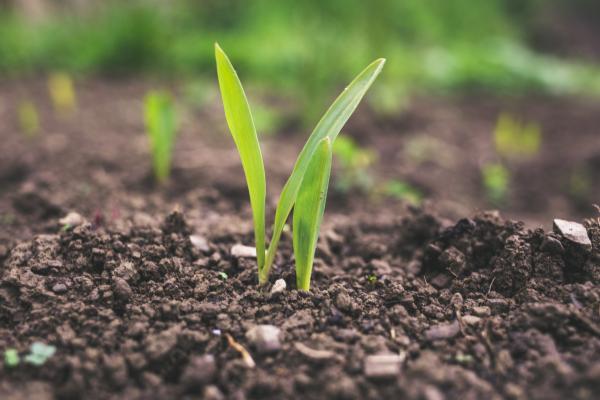By Ag Columnist Helen Lewis
Ag Columnist, Helen Lewis, shares key takeaways from a symposium in Stanthorpe on 4 September, hosted by Granite Belt Sustainable Action Network, where renowned author and advocate of regenerative agriculture Charles Massy spoke about good agricultural practice.
If we develop healthy soils, we create healthy food, which in turn enables families to be healthy.
Nature has a self-organising function to heal itself. We need to work with nature to enable this to happen.
The focus of growth, is overloading our system – 10 key systems.
Planetary boundaries (Donut). Agri-Culture is the space between our ears.
‘A nation that destroys its soil destroys itself’ – 26 February 1937 President FD Roosevelt.
The ploughing and chemicals are losing millions of tonnes of soil.
In the 1930s, the Mallee drought created the Australian wall of dust. More recent dust storms have affected Mildura, Armidale and other places further west. Are we in denial about desertification?
Current Industrial paradigm – simplify, dominate or kill it. Nature is something to control and as a result we get further away from our connection with it.
There is another way: knowing how nature functions and the landscape function and using the right tool in the way that will enhance the four functions of life.
The best things are free (sunlight – solar energy, water cycle, mineral-soil biology, and diversity), the four functions of life.
Sunlight – solar energy capture
Growing Grass/ green leaf are the solar panels – energy into soil.
Tool of Grazing
This is improved with holistic planned grazing- animal density, moved on to fresh paddocks and ensuring adequate recovery.
Overgrazing
Animals on the same country for too long and come back tops growing plant too soon.
Regenerative Cropping
All crops were grasses and co existed with grazing animals. Cover cropping and pasture cropping are enabling croppers to mimic nature and benefit from working with nature.
Water Cycle
Keeping ground cover is critical. If you have bare ground you lose 78 per cent of all rain.
Regenerative planned grazing
Creates the ground cover which breaks the energy of a rain drop enables it to be absorbed into the soil – rehydrating the landscape and also providing the lid to minimise evaporation.
Ground cover in cropping can be in diverse cover crops, and pasture cropping no ploughing, by direct drilling.
The best place to store our water is in the soil.
The effect of tillage and over-grazing creates a hard pan one foot down, it becomes water repellent. So our crops and food are limited to growing in the top 30 centimetres of soil, and so is water infiltration. This limit reduces our soils capacity to adapt to drought and dry times as the soils profile down to the aquifers can not be filled up.
Soil Mineral cycle
Soil biology relies on the sugars from photosynthesis. In soil, 93 per cent of non-plant organisms are microbes and they are invisible. Bare soil in mid-summer can get up to 60 degrees.
Ian and Di Haggerty’s farm in WA are regeneratively cropping 13000 Ha in WA.
In essence, they use worm juice around the seed, they add compost, and graze sheep with planned grazing to fertilise the paddock. Anything green is putting carbon into the soil. They have summer active species that haven’t been seen for 60 years.
In conventional cropping, there is no biology in soil under microscope but in the Haggerty’s soil – an intricate web of life and mycorrhiza fungi.
Other good examples of regenerative cropping include Gabe Brown, USA, Col Seis and Bruce Maynard, Australia.
The roots of photosynthesising green living plants create the carbon pump under the soil surface. The sugars from the sun creating the energy for the fungi and microbial critters to start a party with lots of communication and access to all the nutrients and minerals can be unlocked and accessible for the plants. Soil Organic Carbon is sequested in the soil which holds moisture to keep the machine ticking over and thriving.
Quorum sensing is the signalling and communication between plants and microbes when you have healthy soils. You need more diversity, ground cover and deeper soils for this to occur, according to Prof David Johnson USA Soil Scientist.
Diversity of plants and animals in our landscape ensure stability and adaptability in dry times. If we only have one species of grass or one species in the crop (monoculture), we are one step away from a desert.
It is worth noting how we manage the soil microbe herd underground determines the productivity and profitability of our properties in the long term.
Working with nature enables healthy soil, healthy plants, healthy animals, healthy food, healthy humans and healthy bank accounts.







